Essential equipment and signage for public toilets.
What should be included in a public restroom? Which solutions ensure safety and comfort of use? How to design a restroom? Which bathroom accessories are essential and which are optional? There are many aspects to consider. For some, it may seem difficult, while others may unintentionally overlook important issues, especially when designing accessible toilets. We encourage you to familiarize yourself with the key points of designing a public restroom.
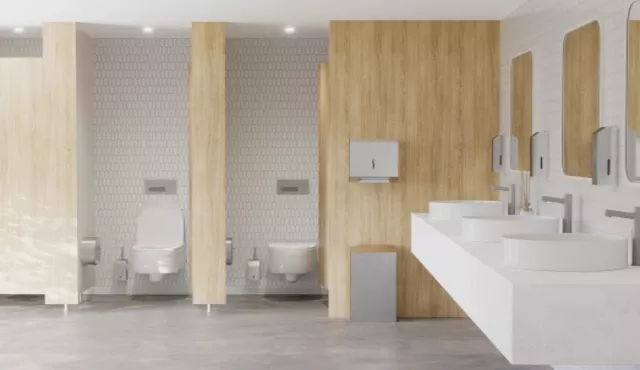
Table of contents:
1. Public toilets then and now
2. Most common issues
3. Ventilation
4. WC signage
5. How to choose bathroom lighting?
6. Choosing bathroom equipment step by step
7. Toilet bowls and urinals
8. Washroom in a public toilet
9. Additional equipment
10. Toilet for people with disabilities
11. Safety in the toilet
12. How to maintain cleanliness?
13. Summary
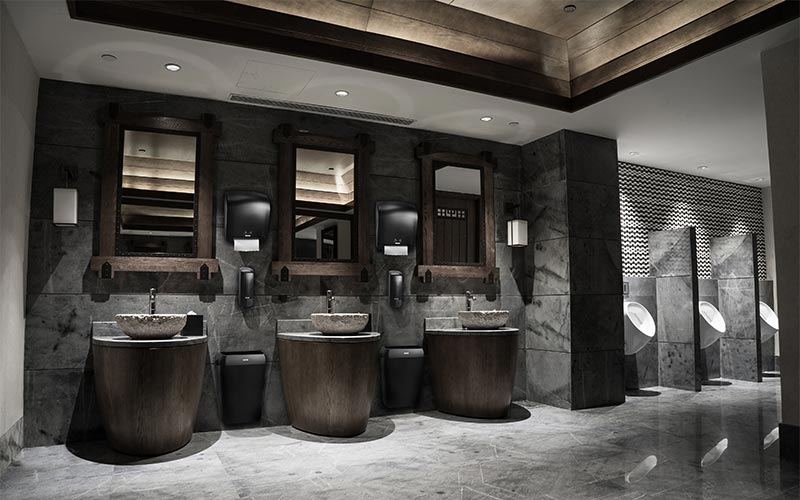
Toilets then and now
The toilet has evolved over the centuries. The first mentions of public toilets date back to Ancient Rome. It was a place where men, besides taking care of their physiological needs, would also gather to have a peaceful conversation. These places were located in the open air and were significantly different from the toilets we know today. Nowadays, everyone values their privacy, so they must feel comfortable in the toilet. Lockable doors, light sensors, a mirror above the sink, and warm water are now standard features without which a modern toilet cannot exist. However, designers are constantly coming up with newer and better solutions to make us feel like we are in the comfort of our own home in a public toilet. There is no doubt that in the future, they will be fully automated and controlled by computers. But before that happens, the toilet will still be associated with dirt and unpleasant smells for many people. In recent years, thanks to various promotional programs, the issue of public toilets has become less embarrassing. It is now a topic that can be openly discussed without hesitation.
Most common problems in public toilets
Common problems with public toilets are usually a result of improper design and inadequate maintenance. Depending on the type of building, such as a shopping center, school, hospital, office, etc., different toilets are intended for different groups of people. It is logical that, depending on the target users, certain specific requirements will differ for each restroom. Men, women, children, and people with disabilities have different needs, and this factor determines the equipment of the toilets. Additionally, a people-friendly toilet should also take into account cultural and ethnic needs.
I'm sure we've all had the pleasure of using a public toilet. And that raises the question, can we really consider it a pleasant experience? Inadequate lighting, a flooded floor, lack of paper, and unpleasant odors effectively create a feeling of discouragement at the mere thought of these places. The key to breaking this image is to design a toilet that meets six essential requirements, namely it should be:
- Clean and dry
- Well-ventilated
- Easy to maintain
- Properly planned
- Accessible to people with disabilities
- Well-equipped.
Below we present the golden rules and innovative solutions that will make us associate public toilets with such epithets as "neat", "comfortable" or "hygienic".
The door handle is an undisputed breeding ground for germs, especially in a public place where many people pass through. The best solution to this problem is... not to have entrance doors at all. This idea was initiated about 20 years ago. To ensure privacy despite this, a labyrinth of corridors can be included in the design of the room.
Ventilation
In addition, this practice improves ventilation inside the toilet, which is a very important issue. Providing proper ventilation helps prevent the room from becoming damp and developing mold. Air from the toilet should be expelled outside using automatic systems consisting of exhaust fans and, if possible, ventilation ducts and grilles. They should be placed in such a way that each section of the toilet is within 3 m of the fan or grille inlet. It would also be beneficial to place ventilation grilles near the toilet itself, so that contaminated air is quickly removed before it has a chance to spread to other areas of the toilet. Air exchange should also be provided near the floor level near the sinks, which protects against excessive humidity levels. This air, after leaving the building, should not reach a position 2 m above the sidewalk and 5 m from the fresh air inlet. Portions of fresh air are drawn directly from the outside or from a neighboring building, if it is constantly air-conditioned or naturally ventilated. In the first case, we introduce a smaller amount of air compared to what we have expelled. This results in lower pressure in the toilet and reduces the possibility of overloading the air entering the adjacent room to a minimum.
In order to minimize touch operations, electronic devices equipped with a photocell, such as flushing valves or touchless faucets, can be used instead of traditional devices. In the near future, it should become a standard that everything that previously required physical contact will be equipped with motion sensors.
Toilet labeling, or how to find the bathroom
When designing, one must be vigilant and avoid having the entrance to public men's toilets directly expose the area of urinals or the surface of the wall with a mirror reflecting such an area. Proper directional toilet signage is also an important issue, allowing for easy access to the destination. Therefore, the toilet should not be located too far away. The closer it is to the main areas, the better - this way we do not expose older people or those with health problems to additional effort, and we take care of the comfort of those with a sudden need to use the toilet. It is also important to remember that directional arrows should be clearly visible, so that the interested person does not have to ask for directions. Toilet signs should contrast with the background on which they are placed (e.g. black signs on a white background), and the design should be simple and specific, so that visually impaired and older people can easily distinguish them. Therefore, creativity is not necessary in this matter.
How to choose lighting in the bathroom?
A well-designed lighting system will help us save electricity and improve the aesthetics of the toilet. Avoid dark lighting, which will make the toilet appear dirty. Natural lighting will definitely help create a warm and pleasant atmosphere. However, if it is not possible to use windows as a source of such light, be careful to choose lighting that is not too harsh. Artificial light sources, both those providing general lighting and those installed above sinks or mirrors, should have a warm color temperature, and the lighting intensity should be at least 300 lux. Adhering to these basic principles will guarantee an improvement in the atmosphere of public toilets, which in turn will encourage users to take care of cleanliness, knowing that such places can be friendly to them.
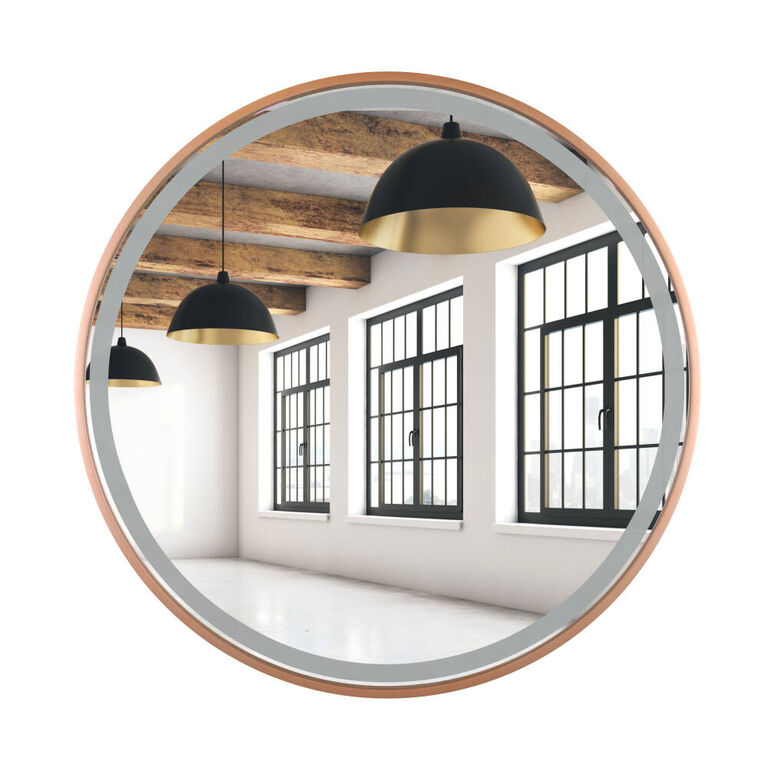 Faneco Scandi LED copper wall bathroom mirror 600 x 600 mm
Faneco Scandi LED copper wall bathroom mirror 600 x 600 mmChoosing bathroom equipment step by step
People often do not respect public places. Therefore, the materials used for equipping and finishing public toilets must be durable and resistant to acts of vandalism. There are many materials available on the market and from this wide range, the most suitable one must be chosen for finishing individual parts. Here are some examples of good solutions:
» Floor
In order to ensure the safety of users, the risk of falling should be minimized, therefore anti-slip ceramic tiles, stoneware, terrazzo or natural stone should be used. In addition, it is important to choose a material that can withstand the expected traffic and is easy to clean.
» Wall
Ceramic tiles, natural stone, porcelain stoneware, stainless steel, aluminum panels or enameled steel, phenolic cladding, glass block. We should definitely avoid using paint. Since there is high humidity in toilets, we should also avoid materials that easily absorb moisture or are prone to corrosion (e.g. improperly impregnated wooden finishes, non-ferrous metals). In general, walls should be covered with something so that any splashes do not penetrate deeply but can flow freely.
Large-sized tiles are more desirable due to easier maintenance. Their dimensions should be at least 100-200 mm.
» Ceiling
Mineral wool board, fibrous plasterboard, panels or aluminum strips.
If there are pipes above, it is better to use a suspended ceiling, which will provide easy access in case of any failures. However, if such access is not required, calcium silicate boards will be more suitable, as they are easier to renew - just repaint them.
Toilet bowls and urinals
The ratio of fixtures in toilets should be as follows: 1 toilet bowl and 1 urinal for men and 2 toilet bowls for women. If possible, urinals and toilet bowls should be installed in parallel, using common pipe lines.
Urinals should be equipped with a flushing valve and an automatic flushing system. When installing, it is important to maintain appropriate distances to ensure comfort and a certain level of privacy. Urinals should be individually mounted on the wall, with a minimum width of 300 mm. The edges should protrude at least 30 cm from the wall. If the toilet is equipped with two or more urinals, one of them should be adapted for children's height. In order to ensure privacy, individual urinals should be separated by a board with a minimum height of 30x80 cm. To ensure proper dryness, a stainless steel grate can be installed under the urinal to provide additional drainage.
Toilets, just like urinals, should be hung on the wall and equipped with a flushing valve and a touchless flushing system, except that unlike urinals, we usually encounter a manual flushing system. The cabins must ensure freedom of movement, so the dimensions cannot be smaller than 850×1500 mm. Each one should be equipped with a toilet paper dispenser and bathroom hooks, allowing for hanging outerwear and bags. Additionally, foldable shelves for personal items can be installed. The partition separating individual cabins should be rigid. It should be mounted to the wall or ceiling so that it does not come into contact with the floor, making it easier to clean the surface. The signage should provide reliable information on whether the cabin is currently available or occupied. In order to ensure dryness, the floors should be equipped with drainage grates.
 Hanging urinal Faneco black steel
Hanging urinal Faneco black steel
Washroom in a public toilet
- Space around a single sink: min 1000 mm Public toilet sinks should be of considerable size: at least 500 mm in length and 400 mm in width. Here are the specific distances that should be maintained:
- Space from the opposite wall for a single sink: min 1000 mm
- In the situation where two sinks are next to each other:
» min 500 mm between the wall and the center of the sink
» min 800 mm between the centers of two adjacent sinks
» min 1200 mm from the opposite wall
- Sinks located at right angles to each other
Sinks should be built into bathroom countertops, with the sink bowl being recessed in the same countertop. A crucial aspect in today's times is the issue of water conservation, so electronic faucets or timed faucets should be installed. They ensure an appropriate water flow in an amount no greater than necessary. Additionally, touchless faucets eliminate contact, providing benefits in terms of hygiene and savings.
Water pressure and the position of the faucet and sink should not create the possibility of the user being sprayed when activating the water stream.
In the case of a toilet equipped with at least 2 sinks, one of them should be adapted for the height of a child. Unfortunately, installing sinks with younger users in mind is not a standard practice. Sinks are installed outside of toilet stalls for shared use.
Stainless steel sink for public toilets Faneco
Sink faucets
When choosing washbasin faucets for a public toilet, there are several factors to consider. Here are some important issues:
-
Durability: Considering the high traffic in a public toilet, it is important to choose faucets with a solid construction and high durability. Choose models made of durable materials such as stainless steel or brass, which are resistant to corrosion and damage.
-
Automatic operation: Washbasin faucets with automatic sensors are popular in public toilets due to their hygienic operation. With the sensor, the water turns on automatically when hands are detected, helping to save water and minimize the spread of bacteria.
-
Water flow adjustment: It is also important to adjust the water flow. In public toilets, flow restrictors are usually used to help save water and reduce operating costs. You can also choose faucets with the option to adjust the flow to individual preferences.
-
Easy maintenance: In the case of public toilets, ease of maintenance is crucial. Choose faucets that are easy to clean and do not require frequent servicing. It is good to choose models with easily accessible spare parts that can be easily removed and replaced if needed.
-
Energy efficiency: If you care about saving energy, look for washbasin batteries with low energy consumption or powered by batteries or accumulators. It is worth choosing models with an automatic shut-off function after a specified time to avoid unnecessary energy consumption.
_1.png?1684228825577)
Free-standing washbasin battery with 2x1/2" 6V photocell in black
Other necessary elements
In addition to the above-mentioned equipment, every public toilet should be equipped with other necessary amenities:
- Trash cans - in each women's and men's stall and additionally in the vicinity of washbasins
- Sanitary bins and hygiene bags - for women's toilets
- Air fresheners
- Toilet seat covers or toilet seat cleaning fluids - especially in women's restrooms
- Disinfectants - in every restroom, urinal
- Baby changing station - not present in every restroom, but undoubtedly a great convenience and makes the restroom more parent-friendly.
Soap dispensers
When choosing soap dispensers for a public restroom, several factors should be taken into consideration. First, determine the type of soap (liquid, foam, bar) with consideration for preferences and hygiene. Then, choose the appropriate type of dispenser (wall-mounted, screw-mounted, free-standing, automatic or manual), taking into account the available space and user preferences. Familiarize yourself with the dispenser's capacity to avoid frequent refills. When selecting a dispenser, pay attention to hygiene, ease of use, and maintenance. Check for compliance with regulations and hygiene standards. Compare prices, brands, and reviews from other users. Finally, consider aesthetics and style that match the restroom's decor.
.png?1684229515154)
Touchless liquid soap dispenser 1l HIT Faneco black
Paper towel dispensers
- When choosing paper towel dispensers for a public restroom, it is worth considering several important factors.
- Type of paper towels: Determine whether paper sheets or hand-drying rolls are preferred. Choose a dispenser suitable for the selected type of paper towels.
- Container type: There are several types of paper towel containers, such as wall-mounted, countertop-mounted, or freestanding. Choose the type that will be suitable for the available space and preferences.
- Accessibility: Make sure that the paper towel container provides easy access to the towels for users. It should be ergonomic and allow for convenient paper extraction.
- Maintenance: Choose a container that is easy to maintain. It should be durable, easy to clean, and allow for easy replacement of used towels.
- Capacity: Pay attention to the capacity of the paper towel container. Choose the appropriate capacity to avoid frequent emptying. The suitable capacity depends on the traffic and number of users in a public restroom.
- Compliance with regulations and standards: Make sure that the chosen paper towel container complies with applicable regulations and standards for hygiene in public places.
ZZ LUNA M Faneco paper towel dispenser in matte steel
Toilet paper dispensers or holders
When choosing containers or holders for toilet paper in a public restroom, there are several factors to consider.
Firstly, decide whether you prefer to use single sheets of toilet paper, toilet paper rolls, or a "jumbo roll" system. The appropriate type of container or holder depends on the chosen type of paper.
Next, pay attention to the ease of access to the toilet paper. The container or holder should provide convenient dispensing for users, as well as easy replacement of used paper.
Maintenance is also an important factor. Choose a container or holder that is easy to keep clean, resistant to moisture, and provides hygienic storage for toilet paper.
Capacity is another aspect to consider. It depends on the number of users in the public restroom and the frequency of paper replacement. Choose a container or holder with an appropriate capacity to avoid frequent emptying.
Remember to comply with regulations and hygiene standards in public places. Make sure that the chosen container or holder meets the applicable requirements.
Toilet paper dispenser 4 rolls Faneco steel white
Toilet for people with disabilities
Toilets for people with disabilities are characterized by slightly different regulations. It is extremely important already at the design or reconstruction stage to have wider entrance doors - those to the toilet for people with disabilities should be wider so that the user in a wheelchair can easily enter. This also requires providing enough space for such a toilet, allowing for wheelchair maneuvering. One of the basic requirements is to place the sink within reach from a seated position, without the need to get up from the wheelchair. Other important aspects include installing handles and handrails for people with disabilities, allowing for independent use of the toilet, and a tilting mirror.
More information about equipment for toilets for people with disabilities can be found here.
Fixed washbasin handle for people with disabilities on a 32 cm plate 60 cm Faneco matte steel
Toilet safety
When designing a public toilet, safety and comfort of users should be taken into consideration. All working pipes should be hidden, except for the final connections with the fittings. The visible pipes must be chrome-plated. All cables should also be carefully hidden. In addition, sharp edges should be avoided, and mirrors should not protrude from the wall. An additional, not required, but certainly raising the standard of a public toilet, will be the placement of decorative elements, such as easy-to-maintain plants or softly lit photos on the wall.
How to effectively maintain bathroom cleanliness?
Once we have a perfectly designed and equipped toilet, we need to take care of maintaining the proper level of cleanliness. General cleaning should be done daily. We should follow certain rules to avoid getting previously cleaned areas dirty before completing the whole process. First, we should replace all used accessories. Then we take out the trash and sweep the floor. Next, we clean and disinfect sinks, urinals, and finally toilet bowls. Once we have completed these tasks, we move on to cleaning the mirrors and polishing all shiny surfaces. Then it's time for the walls, partitions, shelves, and openings - we clean them in specific areas where necessary. Finally, we mop the floor. Then all that's left is to check if everything has been done correctly and make any necessary corrections. These tasks should be supervised. For this purpose, a cleanliness control sheet is kept, which is placed on the inside of the entrance door to the toilet.
Toilet cleaning should be scheduled during hours when we do not expect a high traffic, which would be uncomfortable for both the cleaning staff and the users. However, the more frequented the toilet is, the more intensive the cleaning needs to be. This must be done skillfully, so as not to interfere with use, but on the other hand, not to allow the room to deteriorate. We must definitely make sure that there is no shortage of toilet paper, paper towels, liquid or foam soap (definitely do not use bar soap), whether the hand dryer is working properly, and whether the floor is clean and dry to minimize the risk of slipping. It is also important to remember that individual elements, surfaces, have separate requirements for cleaning intensity, and specialized cleaning products are required for them, such as toilet cleaners or floor cleaning products. It is important to properly schedule a plan that will ensure maintaining cleanliness at the correct level. It is also worth properly training the cleaning staff.
It is clear that the above practices will be useless if we do not take care of creating a sense of responsibility for public toilets in the public opinion. We need to make users understand that these places are meant for all of us, so we must also contribute to maintaining order. If we do not respect public toilets and the work of others, we cannot expect to find the place clean.
Liquid for disinfecting the toilet seat 0.3 liters CWS boco
Summary
The solutions currently used are not yet perfect enough to not be improved. Some issues seem to be very trivial. Paper towel dispensers should be placed not as close to the sinks, but near waste bins, which will minimize the problem of littering. Toilets in schools are particularly vulnerable to unsightly graffiti, so it is worth covering the walls or partition walls with a suitable chemical substance that facilitates cleaning of such drawings. In addition to the aforementioned problem of conserving water resources, attention should be paid to minimizing electricity consumption - by providing access to as much natural light as possible, or by installing light-reflecting surfaces, which will enhance the natural lighting of the facility. Additionally, toilets can be equipped with their own source of hot water. The system can be activated only when needed and only in the required amount. As is well known, flushing water in toilets and urinals is a very serious source of spreading germs. Not everyone remembers to close the lid before flushing. To protect people from contact with bacteria, an innovative solution can be used in the form of delayed flushing. This will allow users to move away to a safe distance, where germs will not reach.
A public toilet at first glance seems to be a simple room. However, as it turns out, designing such a space requires careful consideration of many aspects in order to ensure the safety and comfort of its users. The market for hygiene products is constantly introducing innovative solutions to meet modern standards.
Marcel Apola
All rights reserved. No part of the publication (text, graphics, images, photos, files, and other data) presented on the OLE.PL online store may be reproduced or distributed in any form or by any means without prior permission. All trademarks, graphics, names, and other data are protected by copyright and belong to their respective owners.
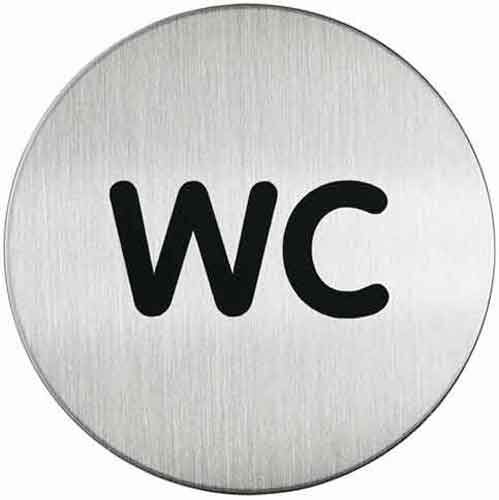

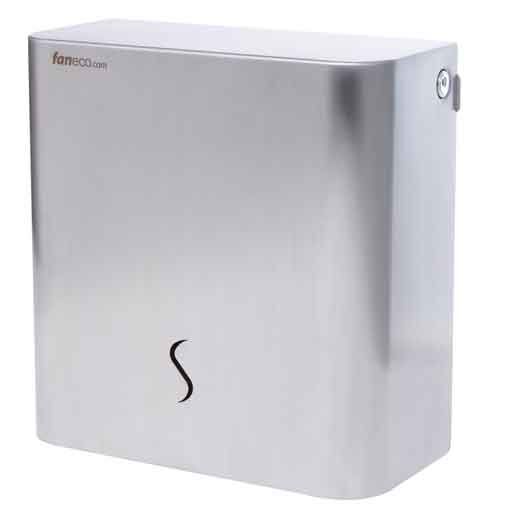
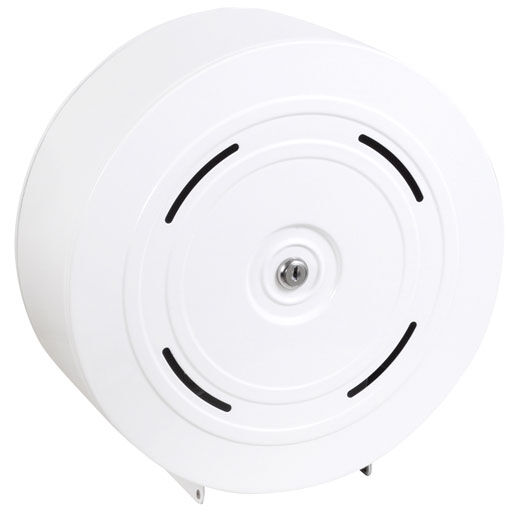
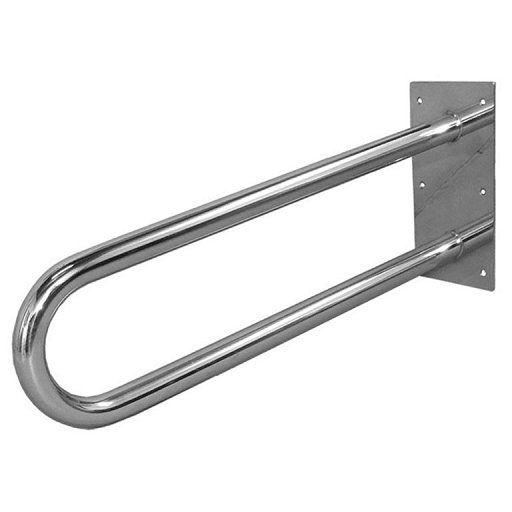
.jpg?1684229881440)
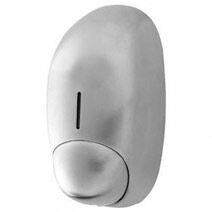
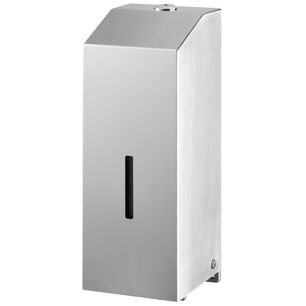
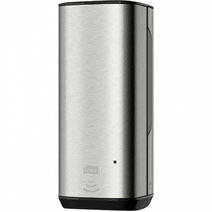
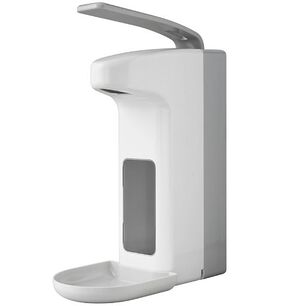
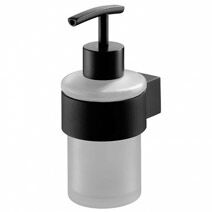
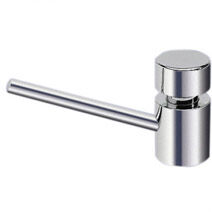
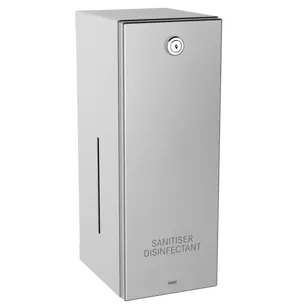
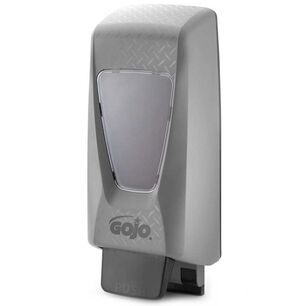
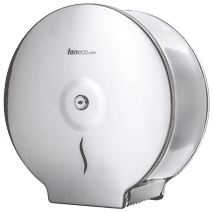
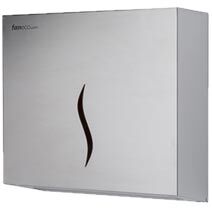
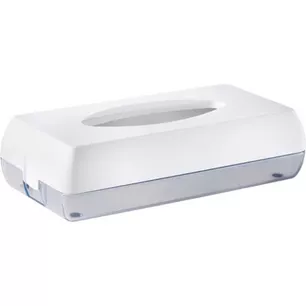
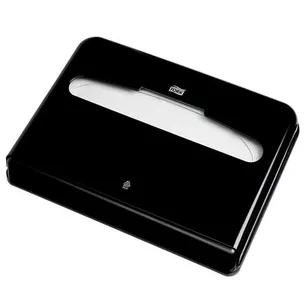
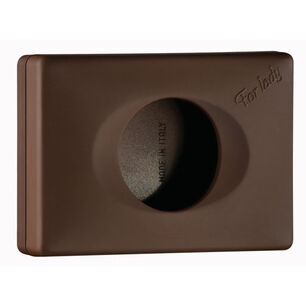
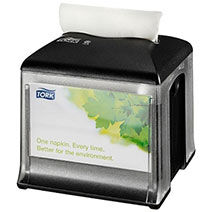
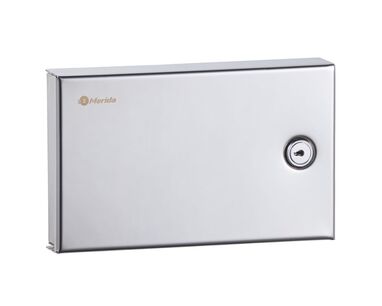
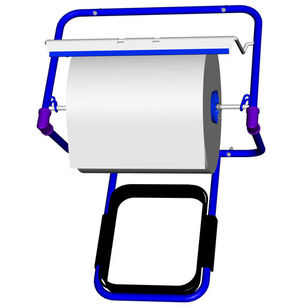
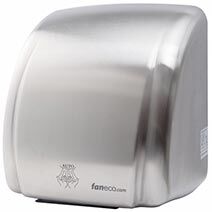
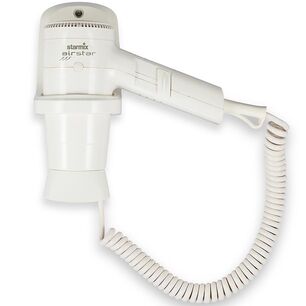
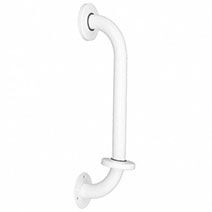
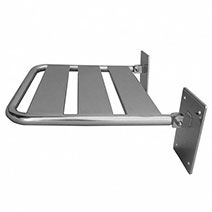
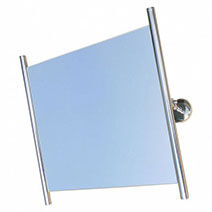
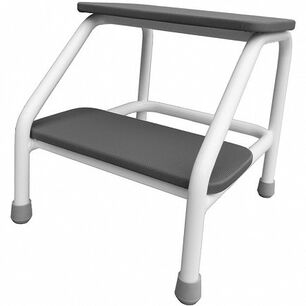
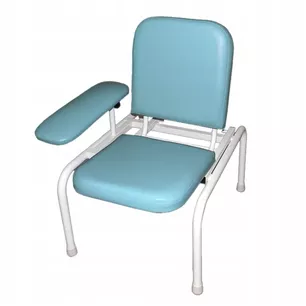
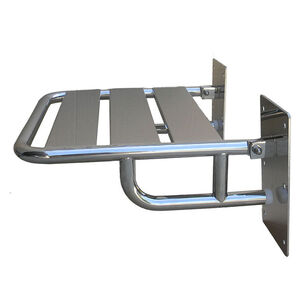
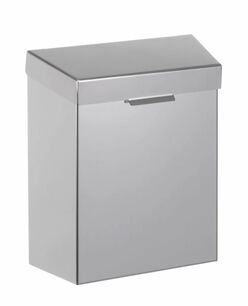
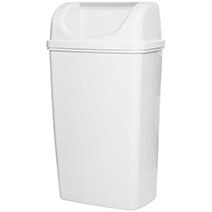
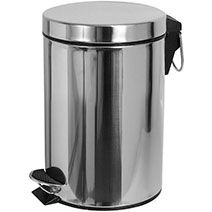
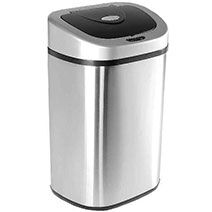
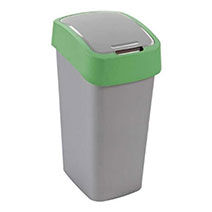
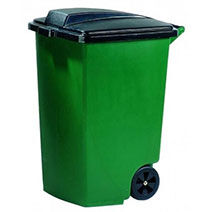
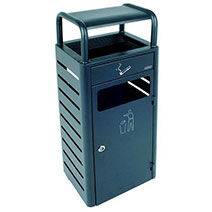
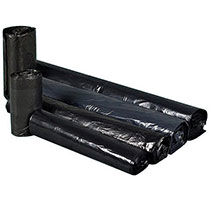
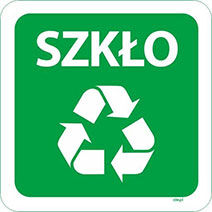
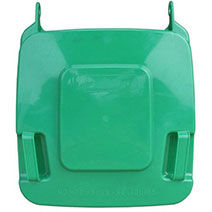
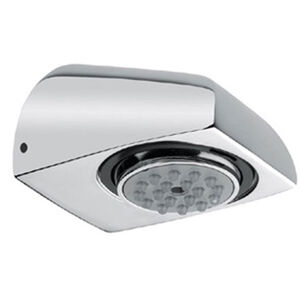
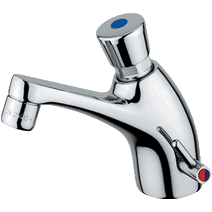
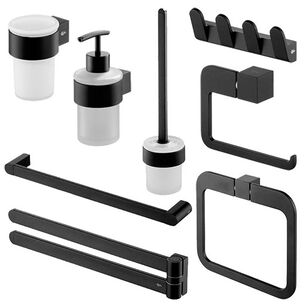
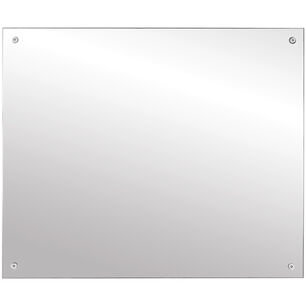
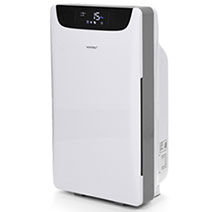


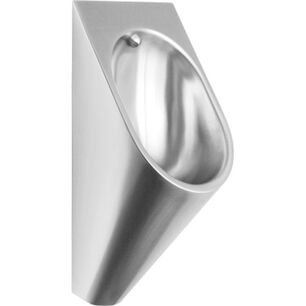
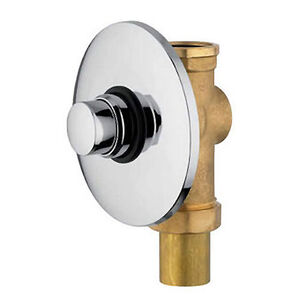
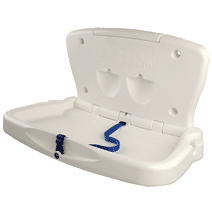
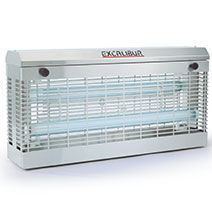
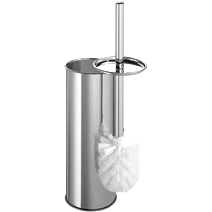
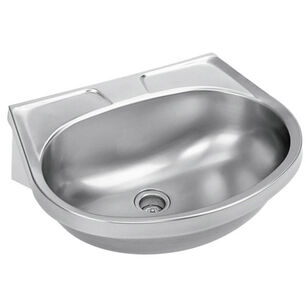
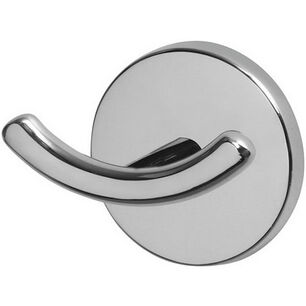
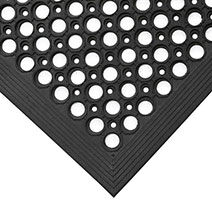
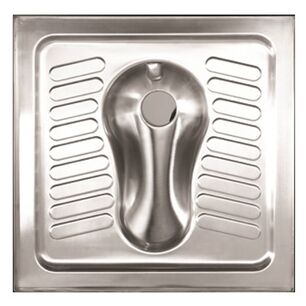
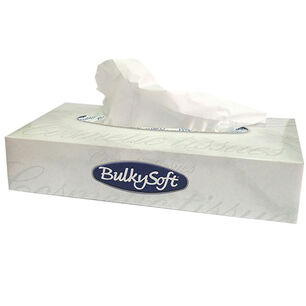
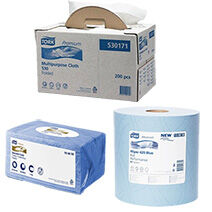

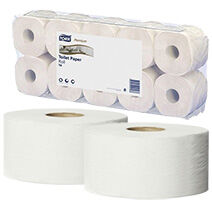
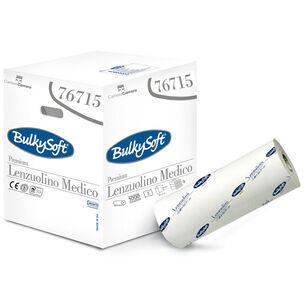
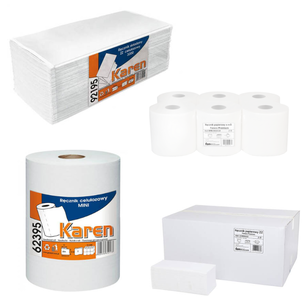
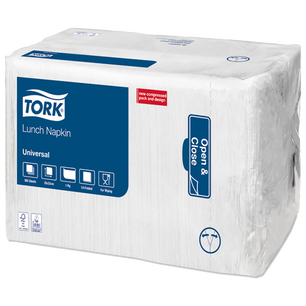
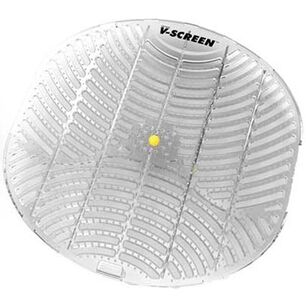
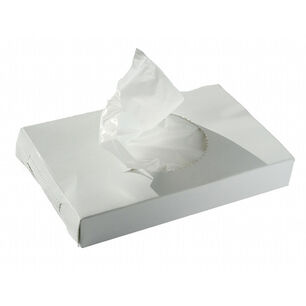
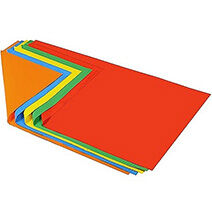
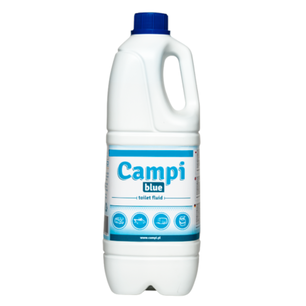
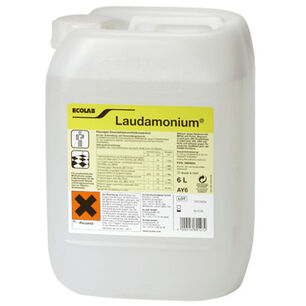
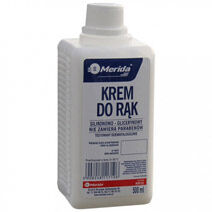
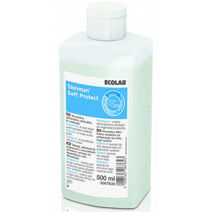
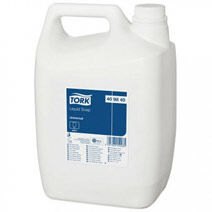
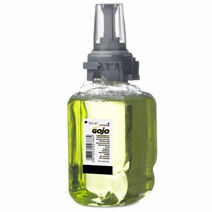
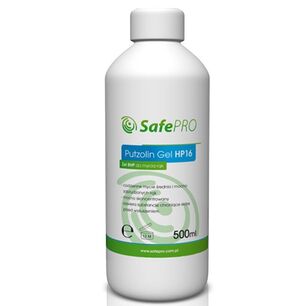
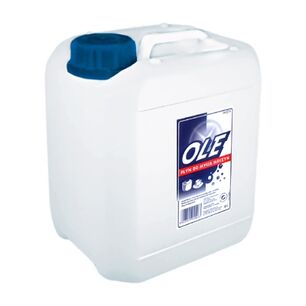
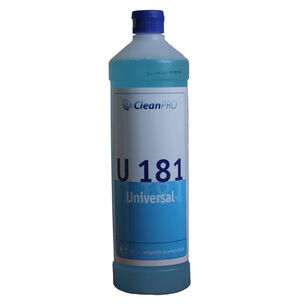
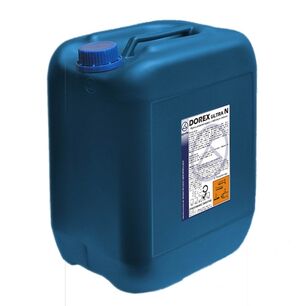
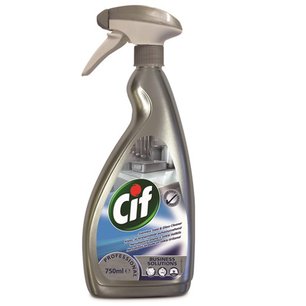
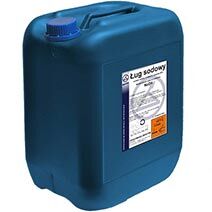
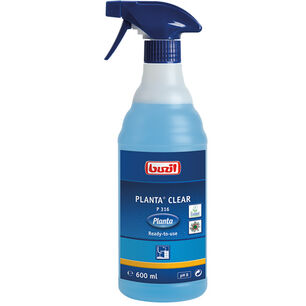
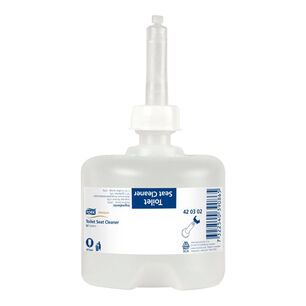
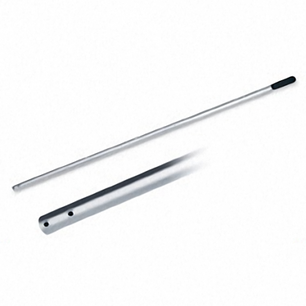
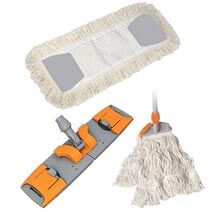
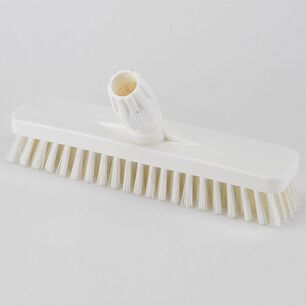
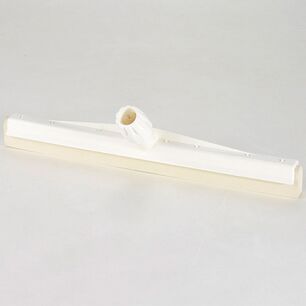
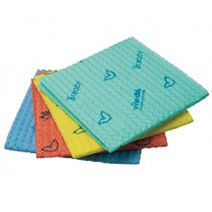
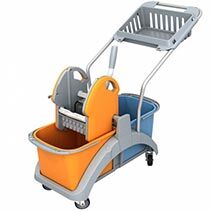
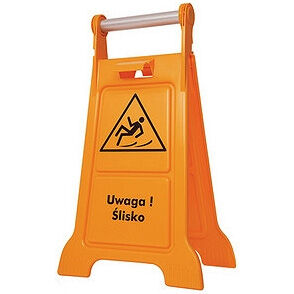
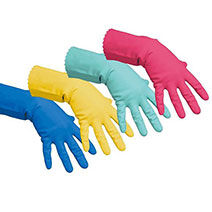
 Polski
Polski
 Czech
Czech
 German
German
 Spanish
Spanish
 Slovak
Slovak